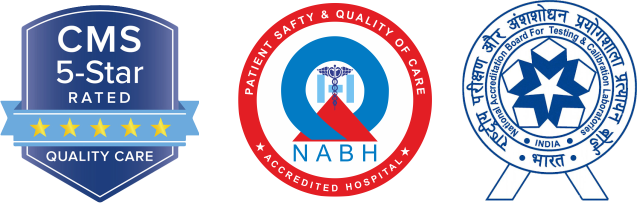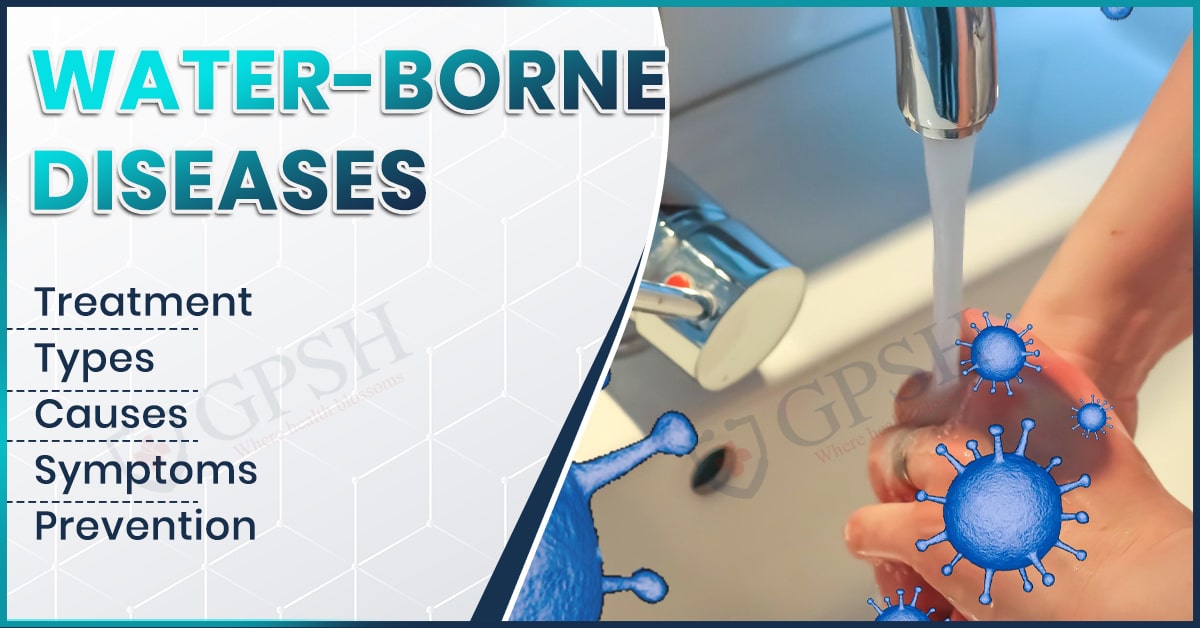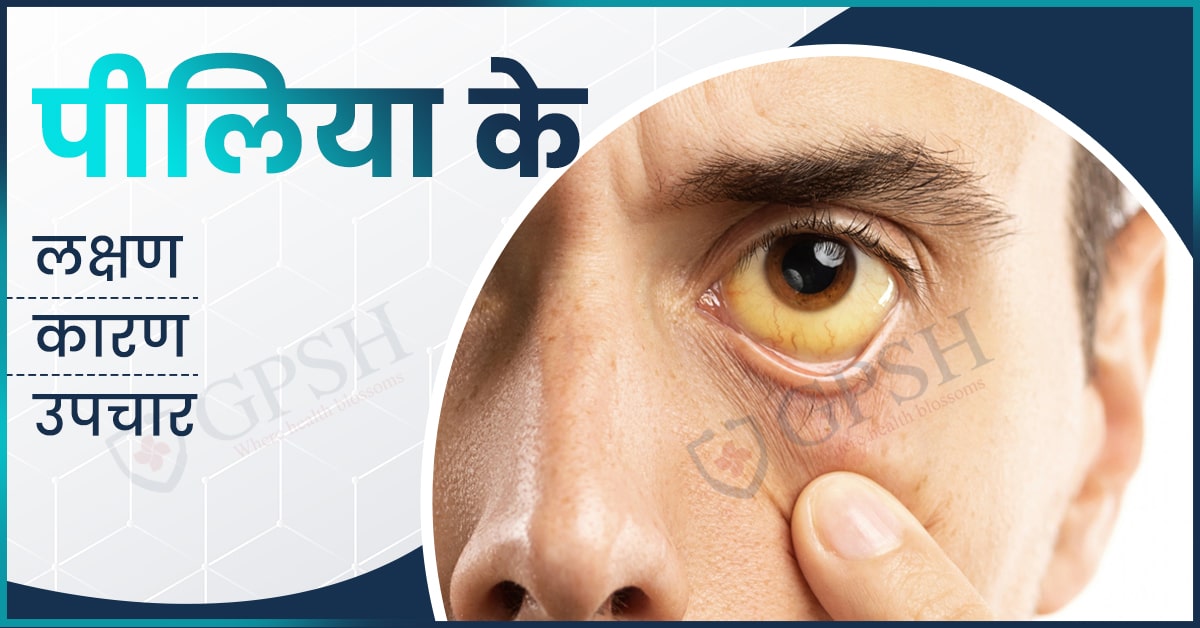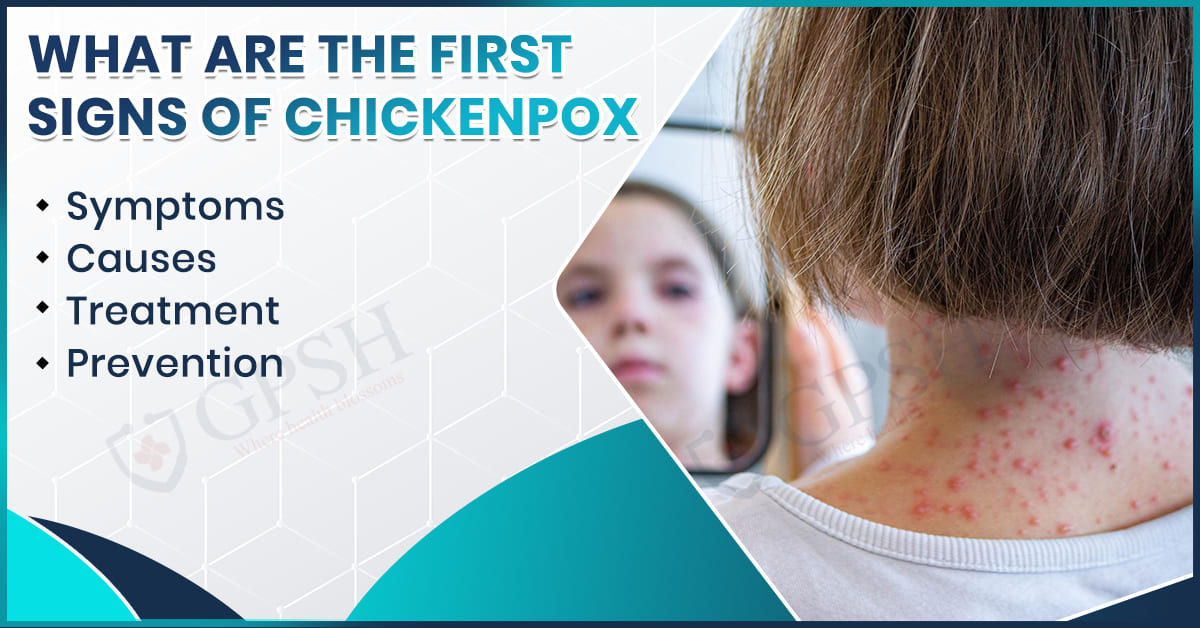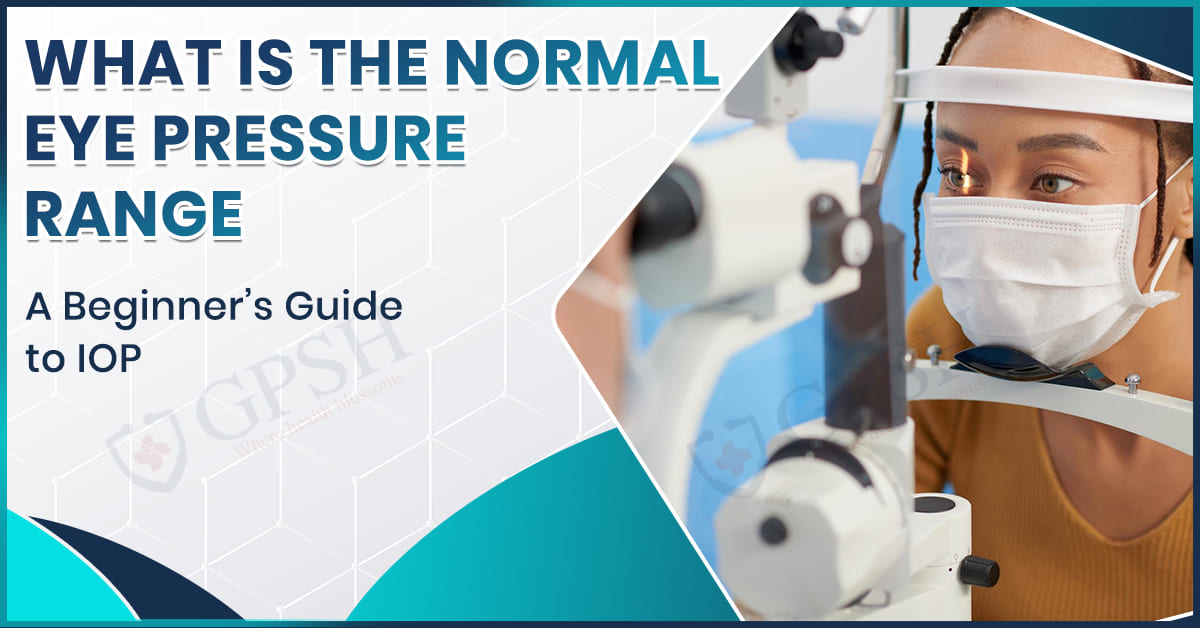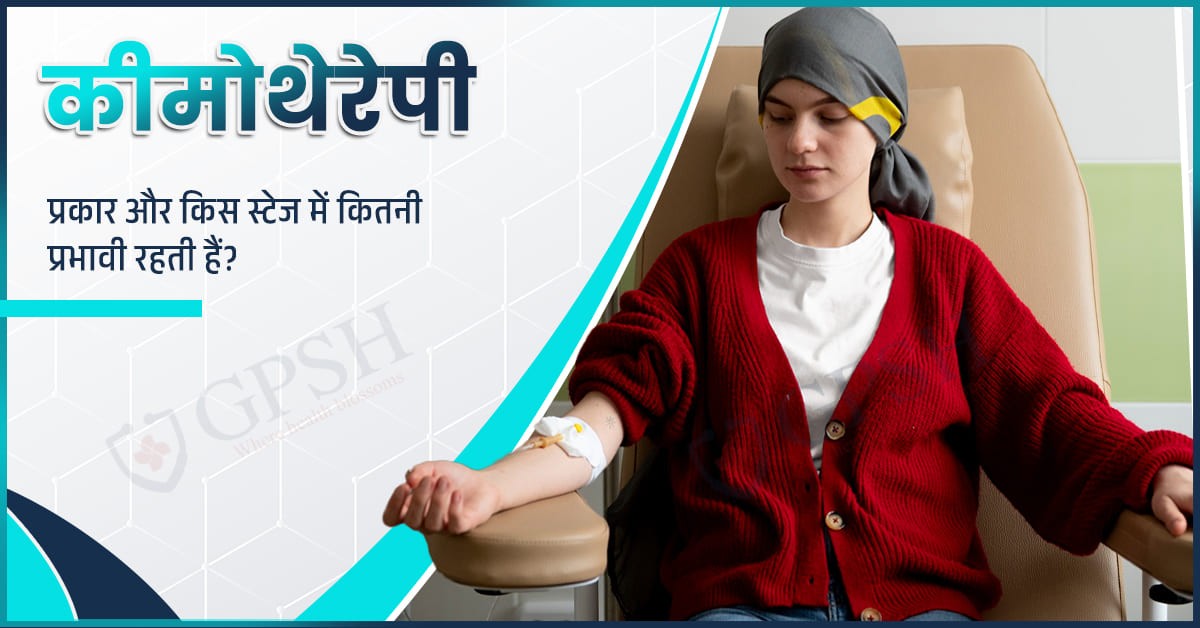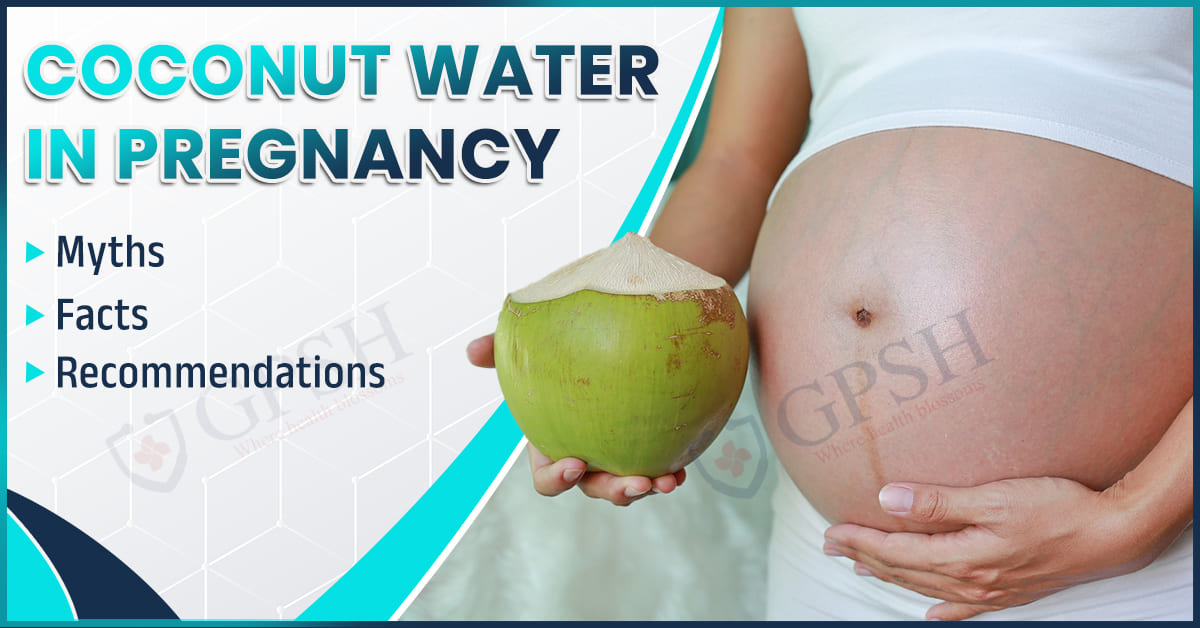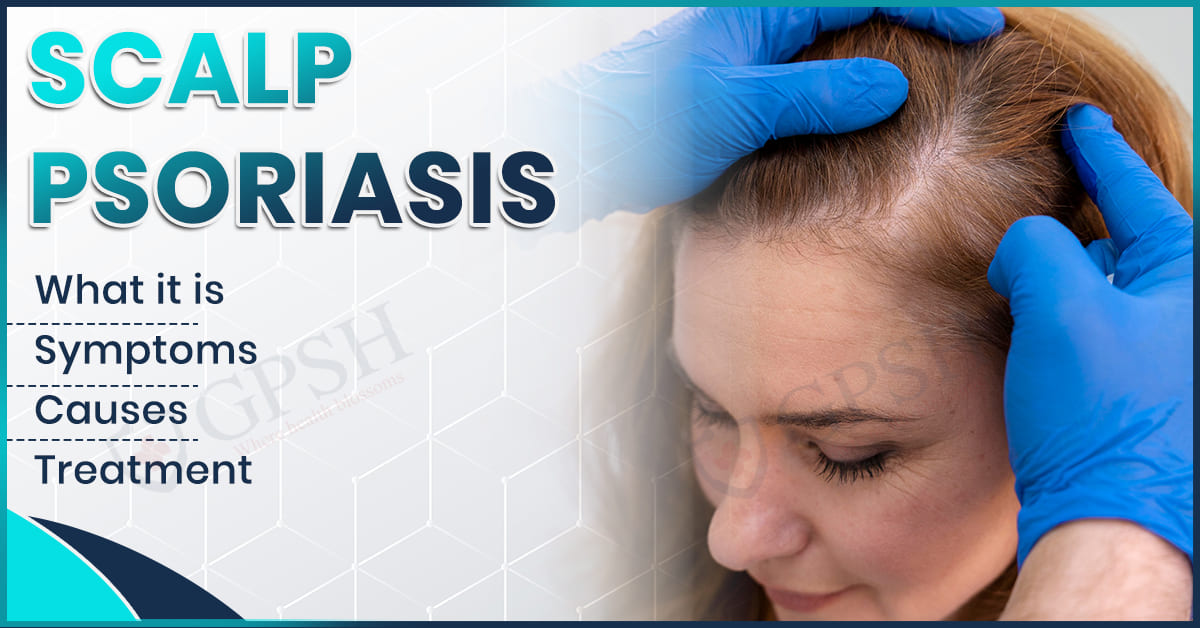Introduction
Water-borne diseases are a group of illnesses that can be contracted either by drinking or bathing in infected water, and they are a major threat to public health all around the world. It is very important to study the diseases since prevention of infections and proper handling of their effects can be done through this knowledge.
This paper is going to take you through the different kinds of water-borne diseases, the factors that lead to water-borne infections, the water-borne disease symptoms, and the different treatments of water-borne diseases, and to provide you with some practical strategies for water-borne disease prevention. These discussions will help the public get a full picture of how to defend themselves and their neighborhoods against the risks posed by polluted water.
What Are Water-Borne Diseases?
Water-borne diseases, which are also known as water-related diseases, are illnesses that are caused by pathogen infection through contaminated water. The pathogens can be bacteria, viruses, or parasites. Water-borne diseases can affect different organs, including the gastrointestinal system, liver, etc., leading to a wide range of health issues from mild diarrhea to severe and even death cases. Pathogen infection is mostly through drinking unsafe water, poor sanitation, or coming into contact with polluted water sources, which makes spreading awareness and taking preventive measures very important in the area of health.
What Are the Different Types of Water-Borne Diseases?
Contaminated water may harbor bacterial, viral, or parasitic organisms, each of which can lead to different diseases and if not treated, even death.
- Cholera: A bacterial infection that results in severe diarrhea, dehydration, and rapid loss of body fluids, often associated with unsafe drinking water.
- Typhoid Fever: Resulting from the Salmonella typhi bacteria, the disease comes with high fever, severe abdominal pain, and general weakness, while the main route of transmission is through water or food that has been contaminated and is unfit for consumption.
- Hepatitis A: The virus infects the liver, and the symptoms are jaundice, lethargy, and vomiting. The main route of transmission is contaminated water.
- Dysentery: A condition marked by the inflammation of the intestines may be caused either by bacteria or amoebas; symptoms include severe diarrhea containing blood or mucus.
- Giardiasis: This is a parasitic ailment leading to diarrhea, bloating, and abdominal cramps, with its main source being drinking untreated water.
- Cryptosporidiosis: The condition is a parasitic disease that causes watery diarrhea and stomach cramps; the usual source for the parasite is contaminated recreational water.
- Schistosomiasis: This disease, caused by a parasite, can affect the internal organs. Getting infected through contact with freshwater infested with snails is the route of transmission.
- E. coli Infection: Certain strains of E. coli bacteria are responsible for this infection, which has diarrhea, stomach cramps, and in serious cases, kidney-related problems as its symptoms.
You can read also:- Scalp Psoriasis: What it is, Symptoms, Causes, Treatment
What are the Symptoms of Water-Borne Diseases?
The symptoms of water-borne disease may vary, depending on the pathogen, but many have similar signs of infection from dirty water.
- Diarrhea: Many water-borne infections, like cholera and giardiasis, often have diarrhea, which is defined as frequent, loose or watery stools, as principal indicators of the sickness.
- Abdominal Pain and Cramps: The primary symptom of the infections is discomfort in the abdominal area, which might include some bloating and cramps as well.
- Nausea and Vomiting: Most water-associated illnesses will disturb the digestive faculties of the human body, which will cause nausea and a great deal of vomiting.
- Fever: As a response, the body might respond, by initiating an increased body temperature to help increase the fight against the bacterial, viral, or parasitic infection.
- Fatigue and Weakness: Temporary fatigue and general weakness will occur from loss of fluids and nutrients, and the body will need to replace the voids in fluid and nutrients.
- Jaundice: The yellowing of the whites of the eyes and skin may indicate liver infection, like Hepatitis A.
- Dehydration: The loss of water because of diarrhea and vomiting can be so severe that it can be life-threatening, even in an instant.
- Blood in Stool: Some infections, such as dysentery, can cause blood or mucus to be present in the stools.
What Causes Water-Borne Diseases?
Water-borne diseases are primarily caused by pathogens or chemicals contaminating water, and can enter the body through various means, including drinking and through skin exposure, or consuming food that has been contaminated with water.
- Contaminated Water: The primary source of infection is through drinking water contaminated with bacteria, viruses, and parasites.
- Poor Sanitation: Water sources can be contaminated through the indiscriminate disposal of sewage or from polluted living conditions.
- Flood and Water Stagnation: Water following a flood, or heavy rainfall, may have organisms that multiply in stagnant water, causing infection.
- Improper food handling: Food can be infected and cause water-borne disease if washed or cooked with contaminated water.
- Industrial and Chemical Pollution: The infections acquired from ingesting microorganisms can be concurrent with diseases caused by exposure to toxic chemicals or industrial waste inside the water.
- Swimming in contaminated Water: People can be infected while swimming in a river, lake, or pool with polluted water while engaging in leisure activities.
You can read also:- कीमोथेरेपी: प्रकार और किस स्टेज में कितनी प्रभावी रहती हैं?
How can water-borne diseases be treated?
Management of waterborne infections occurs depending on the type and severity of the infection. Prompt medical attention can help prevent complications and enhance recovery time.
- Rehydration Therapy: Either oral rehydration therapy or IV fluids are started to replace lost fluids and electrolytes, mainly for diarrhea or cholera.
- Antibiotics: In some cases of typhoid fever or cholera, the treating physician may prescribe one or more antibiotics for the patient.
- Antiviral Medication: In limited cases, hepatitis A may require only supportive antiviral medication and close medical observation.
- Antiparasitic agents: Antiparasitic treatment is used in cases of infestation by parasites such as giardiasis or schistosomiasis.
- Supportive Care: The Patient should be given time off work, fed with proper nutrition, and given enough water to help the body cope with symptoms such as fever, nausea, and fatigue.
- Hospitalization: Hospital treatment for rigorous medical care and control is a must for critical cases, particularly for those with dehydration, fever, or organ failure.
How to Prevent Water-Borne Diseases
To prevent the emergence of water-borne diseases, maintaining hygiene in the right way, having safe drinking water, and practicing health measures that will help to lower the risk of infections are indispensable.
- Safe Drinking Water: Water that is filtered, boiled, or treated blue is the only one fit for human consumption, and it will eliminate the chance of coming into contact with an infected organism.
- Proper Sanitation: Besides the fact that clean toilets help, they also prevent the contamination of water sources because of their proper disposal of sewage.
- Hand Hygiene: Unsanitary hands are a common source of disease, so washing of hands with clean water and soap is a must before meals, after using the toilet, and after handling contaminated items.
- Food Safety: Washing of fruits and vegetables with safe water and cooking of food thoroughly are some measures to avoid introducing pathogens to human beings.
- Avoid Contaminated Water: Do not go near places like lakes, rivers, or stagnant water that are dirty and do not swim or wade therein.
- Water Treatment: Use chlorine tablets, water filters, or boiling methods to disinfect drinking water before consuming it.
- Public Health Awareness: Local water quality alerts should be known and participation in community programs that advocate hygiene and clean water practices should be done.
Conclusion
In conclusion, water-related diseases pose a significant health risk, however, their prevention and management with appropriate hygiene, safe water procedures, and prompt medical care is not so difficult. An important healthcare activity will be to identify the warning signs of water-borne diseases, to know what causes water-borne infections, and to provide appropriate treatment for a water-borne disease.
If you need a full diagnosis, treatment, and advice on how to prevent water-borne diseases, you can visit the Infectious Diseases Department at Shekhawati Hospital where the expert care and advanced facilities will help you with these conditions in a very effective way.

